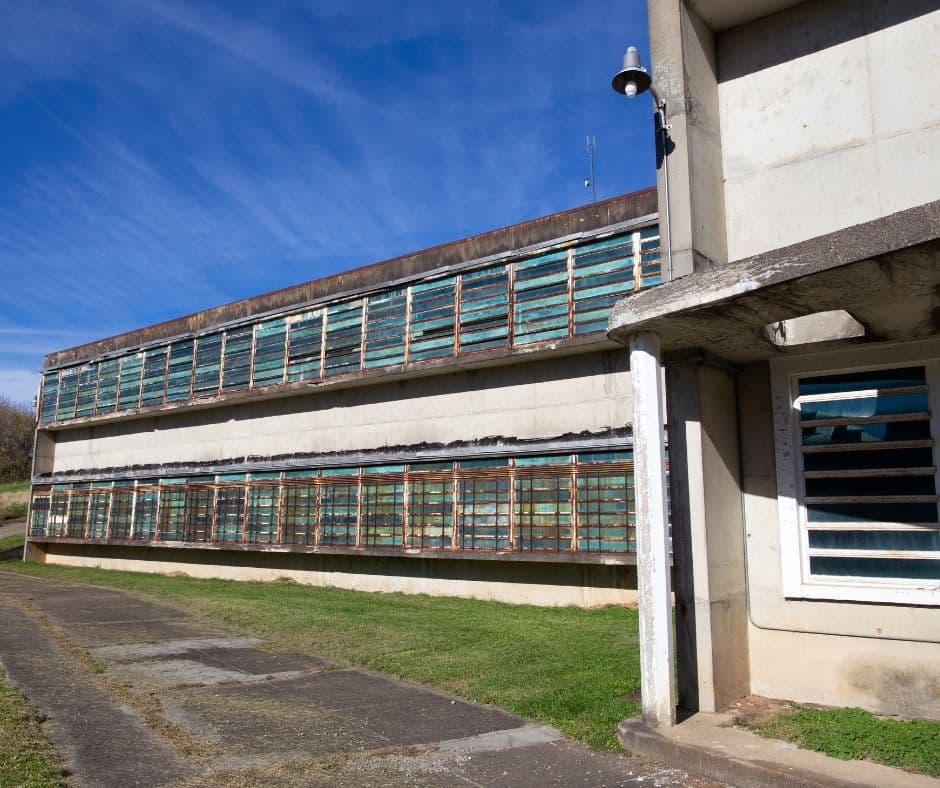
How 1031 exchanges can work for new construction
Across the Upper Midwest, there’s an overlooked way to keep deals alive: using a 1031 exchange for new construction projects — a powerful way to keep projects moving forward when capital is tight.
Most investors know the basics of a 1031 exchange — sell an investment property, reinvest in another, and defer capital gains taxes. What many don’t realize is that those same tax benefits can also apply to property that’s being built or improved during the exchange period. In a market where suitable properties are limited, this strategy lets you sell an existing property, identify or acquire land through an exchange structure, and construct a new facility — all while keeping your tax deferral intact.
What a 1031 exchange is — and how it can build, not just buy
Under Section 1031 of the Internal Revenue Code, investors can defer capital gains taxes when they sell a property used for investment or business and purchase another of equal or greater value. The idea is simple: keep your equity working rather than paying the IRS.
The timing rules are strict. You must identify your next property within 45 days of selling the old one and complete the exchange within 180 days (or by your tax filing deadline, whichever comes first). A Qualified Intermediary (QI) must hold the proceeds throughout the process, so the seller never takes control of the funds.
These rules apply whether you’re buying an existing property or completing one that’s under construction — provided the exchange is structured properly.
How a 1031 exchange works for new construction
With a 1031 exchange for new construction, instead of purchasing a finished building outright, you work with an Exchange Accommodation Titleholder (EAT) under a Qualified Exchange Accommodation Arrangement (QEAA). The EAT temporarily holds title to the replacement property while your exchange funds are used to pay for construction.
The new property’s combined value — land plus completed improvements by day 180 — must be at least as high as the value of the property you sold. When the property is conveyed from the EAT to you (no later than day 180), the exchange is finalized.
In short, a “build-to-suit” or “improvement” exchange lets you trade up while creating exactly what you need. It’s a strategic alignment of tax law and construction timing.
When a construction-phase 1031 works best
For many Wisconsin, Minnesota, and Iowa developers, this approach works best when the right property simply doesn’t exist on the market. It’s particularly effective when:
- You’ve sold a property and want to reinvest in land or redevelopment sites that require new construction to match value.
- You need a custom facility — from industrial to medical office — to fit your business model or tenant demand.
- You’re operating in markets like Wisconsin, Minnesota, or Iowa, where permitting and construction scheduling can be planned to align with the 180-day exchange window.
- You want to maximize tax deferral and basis while modernizing your portfolio through efficient, purpose-built design.
DBS Group’s design-build approach fits naturally with this structure. It enables clear timelines, precise budgeting, and coordination among contractors, lenders, and intermediaries — essential when every day of that 180-day window counts.
Why it’s worth considering
Using a 1031 exchange for new construction combines two priorities — tax efficiency and control. Instead of settling for whatever is available, you can build what your business or tenants need while keeping capital in play.
Developers gain flexibility even when lending is tight. Investors extend the life of their equity and create stronger long-term value. And sellers who partner on build-to-suit transactions can structure deals that attract a wider buyer pool.
When structured through an Exchange Accommodation Titleholder and Qualified Intermediary, a construction-phase 1031 exchange can turn challenging market conditions into opportunity — helping developers modernize assets and reinvest without triggering immediate tax consequences.
For investors across Wisconsin and Minnesota, a 1031 exchange for new construction provides a practical path to keep projects moving while strengthening both design and capital efficiency.
If you’d like to explore turning your 1031 exchange into a new build, contact us today. We can help you plan, design, and deliver a construction-phase 1031 project that meets your goals and timeline.